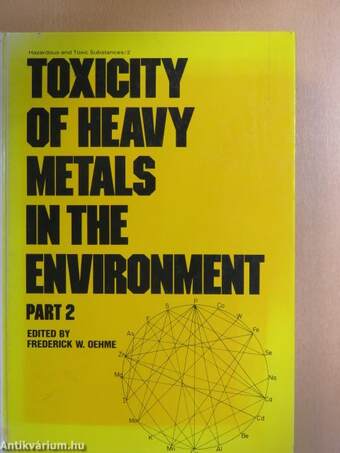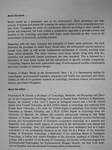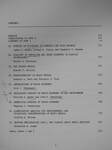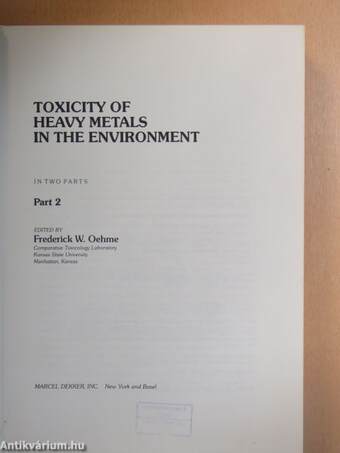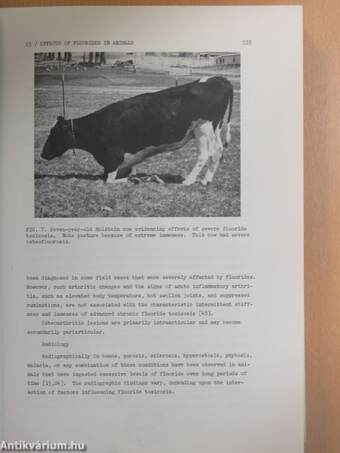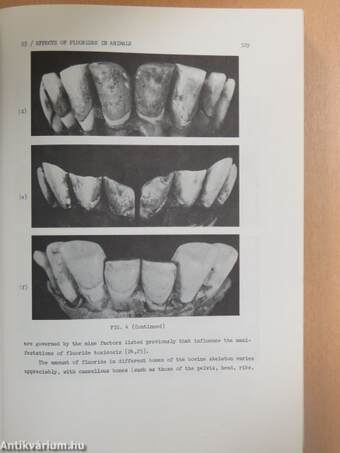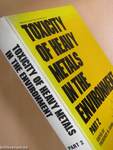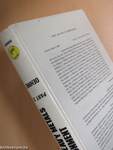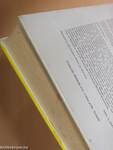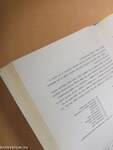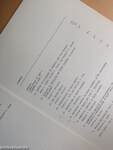1.067.308
kiadvánnyal nyújtjuk Magyarország legnagyobb antikvár könyv-kínálatát

VISSZA
A TETEJÉRE
JAVASLATOKÉszre-
vételek
Toxicity of heavy metals in the environment 2. (töredék)
| Kiadó: | Marcel Dekker, Inc. |
|---|---|
| Kiadás helye: | New York |
| Kiadás éve: | |
| Kötés típusa: | Fűzött kemény papírkötés |
| Oldalszám: | 453 oldal |
| Sorozatcím: | Toxicity of heavy metals in the environment |
| Kötetszám: | 2 |
| Nyelv: | Angol |
| Méret: | 26 cm x 18 cm |
| ISBN: | 0-8247-6719-5 |
| Megjegyzés: | Töredék kötet. Néhány fekete-fehér fotóval, illusztrációval. További kapcsolódó személyek a könyvben. |
naponta értesítjük a beérkező friss
kiadványokról
naponta értesítjük a beérkező friss
kiadványokról
Fülszöveg
about the book .
Heavy metals are a permanent part of the environment. Their persistence and their toxicity to human and animal life comprise the subject matter of this comprehensive two-part book. Compiling the work of contributors selected according to their specific expertise and viewpoint, the book utilizes a comparative approach to provide a review and analysis of the toxicology associated with heavy metal chemicals as they occur in the environment of all animals, including humans.
Beginning with the basic concepts and principles of heavy metal pollution, the book illustrates the processes by which heavy metals enter tne environment and the animal or human food chain as well as "the fundamental mechanisms of toxicity resulting from heavy metal chemicals. The more common toxic heavy metals, along with their biochemistry and associated clinical syndromes, are then described. This is followed by a discussion of trace heavy metals and the interactions of specific metallic... Tovább
Fülszöveg
about the book .
Heavy metals are a permanent part of the environment. Their persistence and their toxicity to human and animal life comprise the subject matter of this comprehensive two-part book. Compiling the work of contributors selected according to their specific expertise and viewpoint, the book utilizes a comparative approach to provide a review and analysis of the toxicology associated with heavy metal chemicals as they occur in the environment of all animals, including humans.
Beginning with the basic concepts and principles of heavy metal pollution, the book illustrates the processes by which heavy metals enter tne environment and the animal or human food chain as well as "the fundamental mechanisms of toxicity resulting from heavy metal chemicals. The more common toxic heavy metals, along with their biochemistry and associated clinical syndromes, are then described. This is followed by a discussion of trace heavy metals and the interactions of specific metallic compounds. Concluding chapters deal with quantitative assay of environmental metallic contaminants and some concepts of chelation therapy.
Toxicity of Heavy Metals in the Environment, Parts 1 & 2 is fundamental reading for toxicologists, environmental scientists, physicians and health care personnel, and veterinarians, as well as for graduate students in toxicology, veterinary science, environmental science, and related disciplines.
about the editor
Frederick W. Oehme is Professor of Toxicology, Medicine, and Physiology and Director of the Comparative Toxicology Laboratory at Kansas State University in Manhattan, Kansas. He received a B.S. (1957) degree in biological science and a D.V.M. (1958) degree from Cornell University, an M.S. (1962) degree in toxicology and medicine from Kansas State University, a Dr. med. vet. (1964) degree in pathology from Justus Liebig University in Giessen, Germany, and a Ph.D. (1969) degree in toxicology from the University of Missouri. Dr. Oehme also received radioisotope training at Oak Ridge Institute of Nuclear Studies in 1967. His major research interests involve biochemical actions and biotransformation of toxicants; comparative toxicology as a research and diagnostic tool; public health aspects of toxicants in the environment; and clinical and diagnostic toxicology. Over 250 publications by him have established him as a major contributor to the professional literature in his field. He is a Fellow of the American College of Veterinary Toxicology, a Diplomate of the American Board of Veterinary Toxicology, a Fellow and current President of the American Academy of Clinical Toxicology, and a member of the Society of Toxicology, the Society of Pharmacological and Environmental Pathologists, the Environmental Mutagen Society, the New York Academy of Sciences, and the American Veterinary Medical Association. Vissza
Témakörök
- Töredékkötetek > Idegennyelv
- Töredékkötetek > Természettudomány > Állatvilág
- Töredékkötetek > Természettudomány > Biológia
- Idegennyelv > Idegennyelvű könyvek > Angol > Egyéb
- Idegennyelv > Idegennyelvű könyvek > Angol > Természettudományok > Biológia
- Idegennyelv > Idegennyelvű könyvek > Angol > Természettudományok > Egyéb
- Idegennyelv > Idegennyelvű könyvek > Angol > Orvostudomány
- Mezőgazdaság > Állatorvoslás, állategészségügy
- Természettudomány > Állatvilág > Állatorvosi könyvek > Betegségek
- Természettudomány > Biológia > Biológia, általános > Biokémia
- Természettudomány > Biológia > Biológia, általános > Társtudományok > Orvostan
- Természettudomány > Biológia > Biológia, általános > Idegennyelvű
- Természettudomány > Biológia > Ökológia, környezetvédelem > Környezetvédelem > Környezetszennyezés
- Természettudomány > Biológia > Ökológia, környezetvédelem > Idegennyelvű
- Orvostudomány > Általános orvosi, egyéb > Betegségek > Mérgezések
- Orvostudomány > Általános orvosi, egyéb > Egészségügy > Környezet
- Orvostudomány > Általános orvosi, egyéb > Idegennyelvű
- Orvostudomány > Általános orvosi, egyéb > Társtudományok > Biológia
- Orvostudomány > Orvosi idegennyelvű könyvek > Általános orvosi
- Töredékkötetek
- Idegennyelv > Idegennyelvű könyvek > Angol > Töredékkötetek



